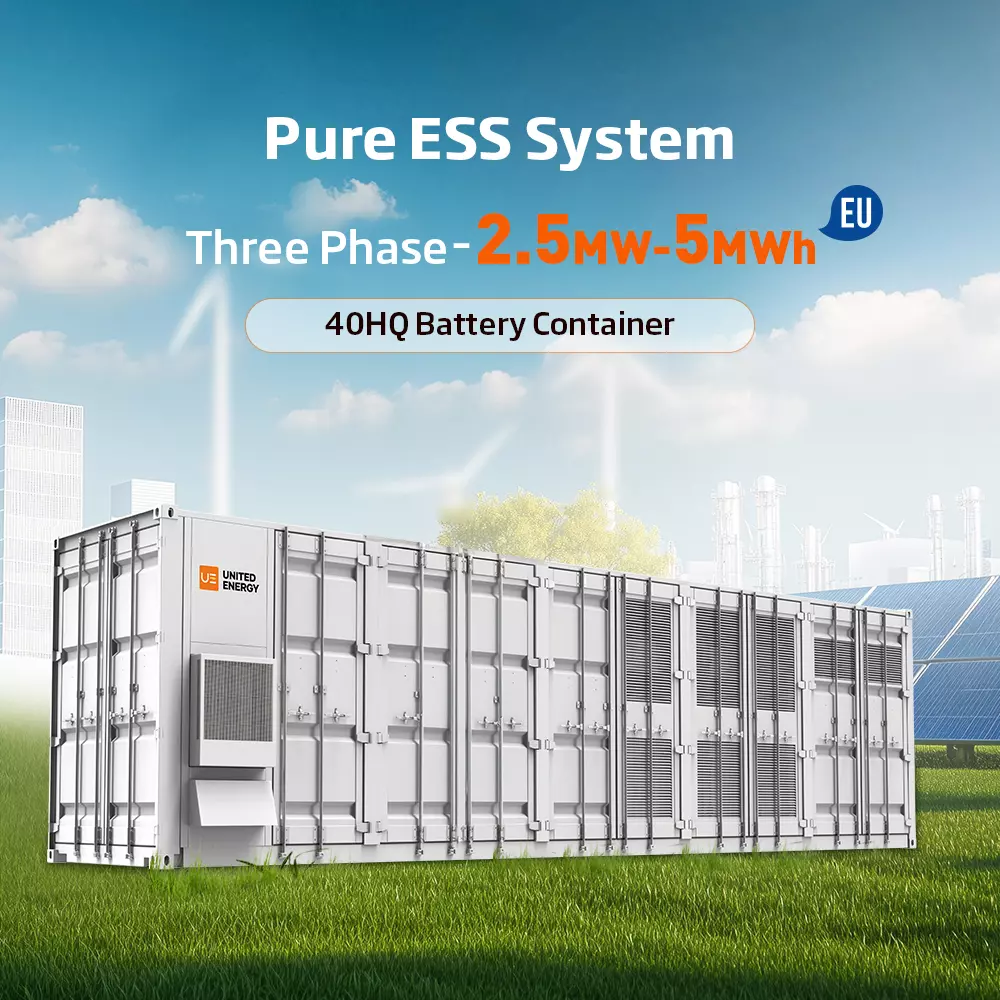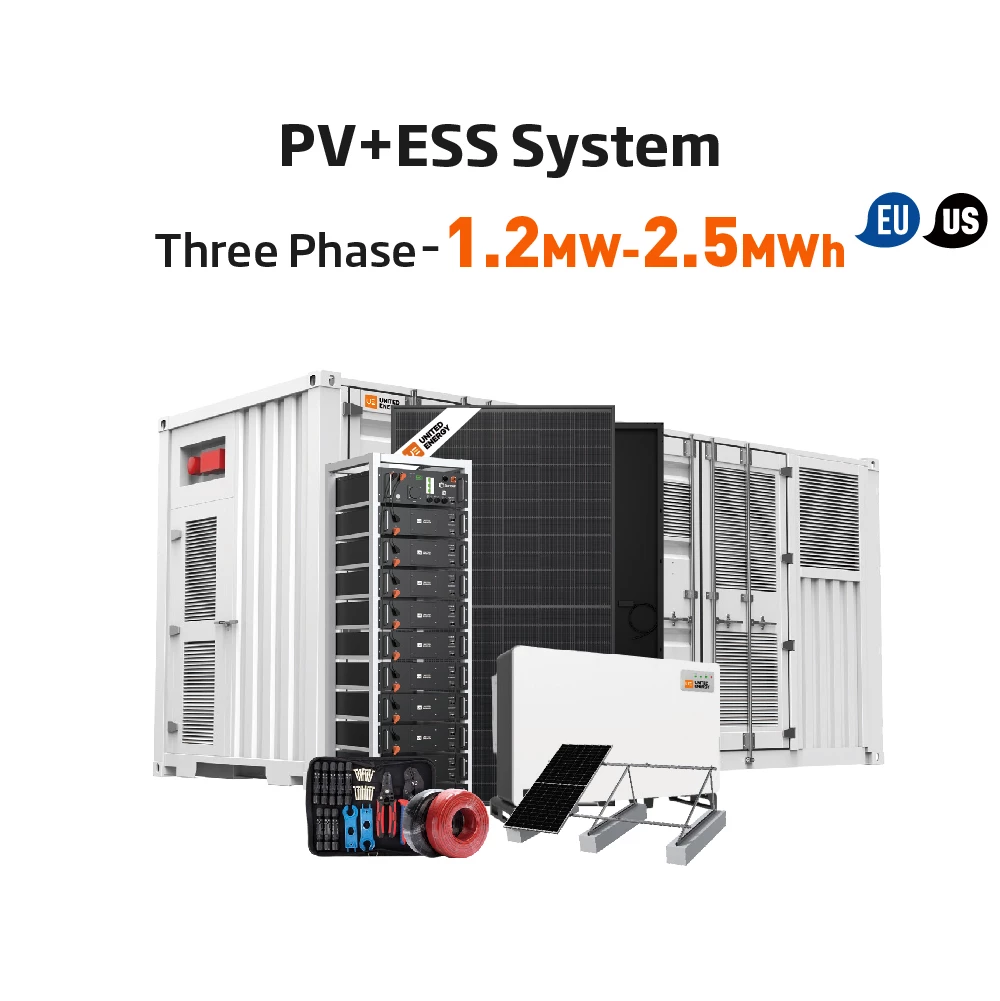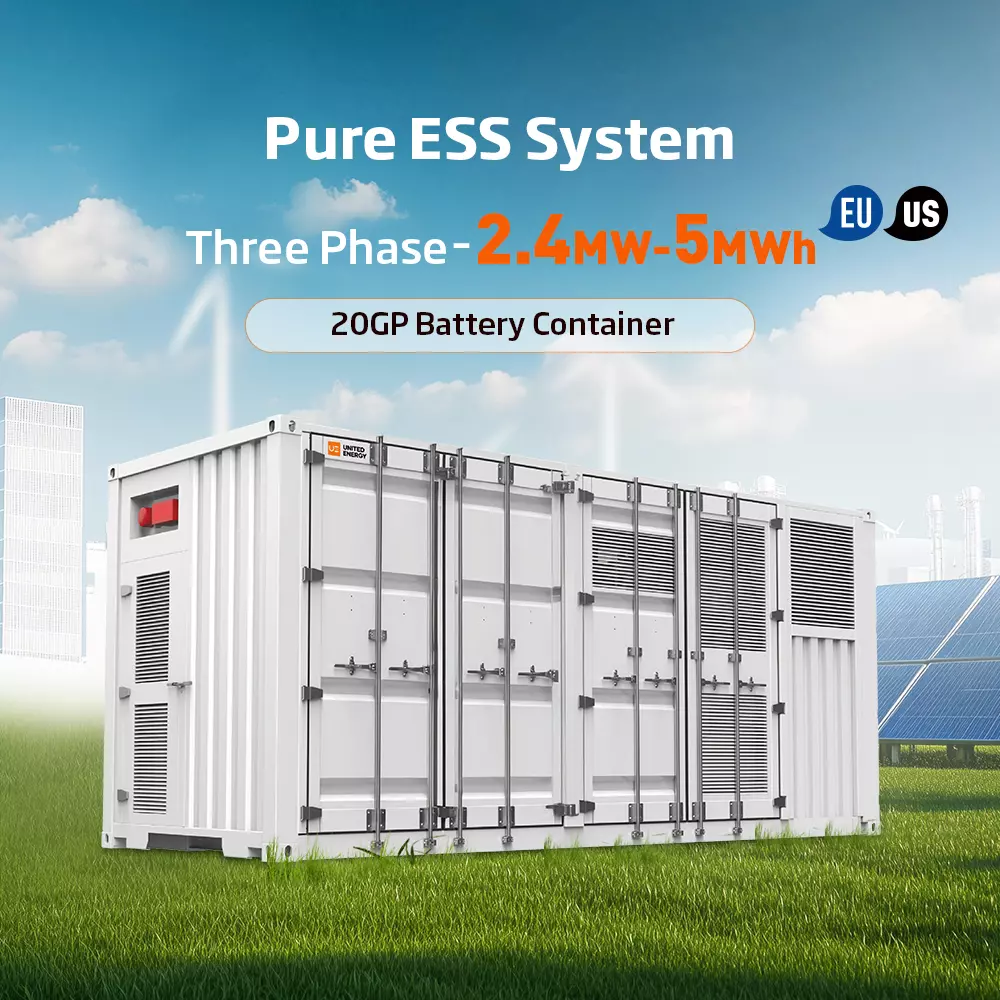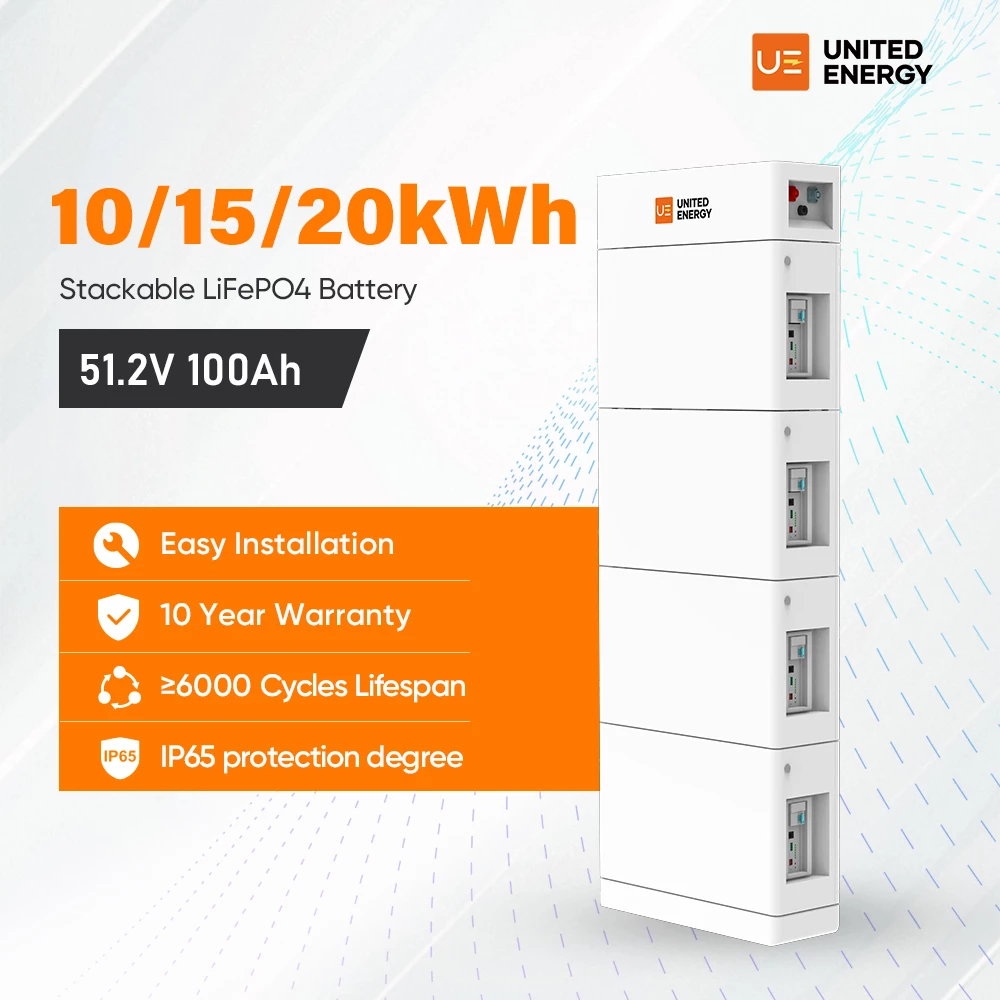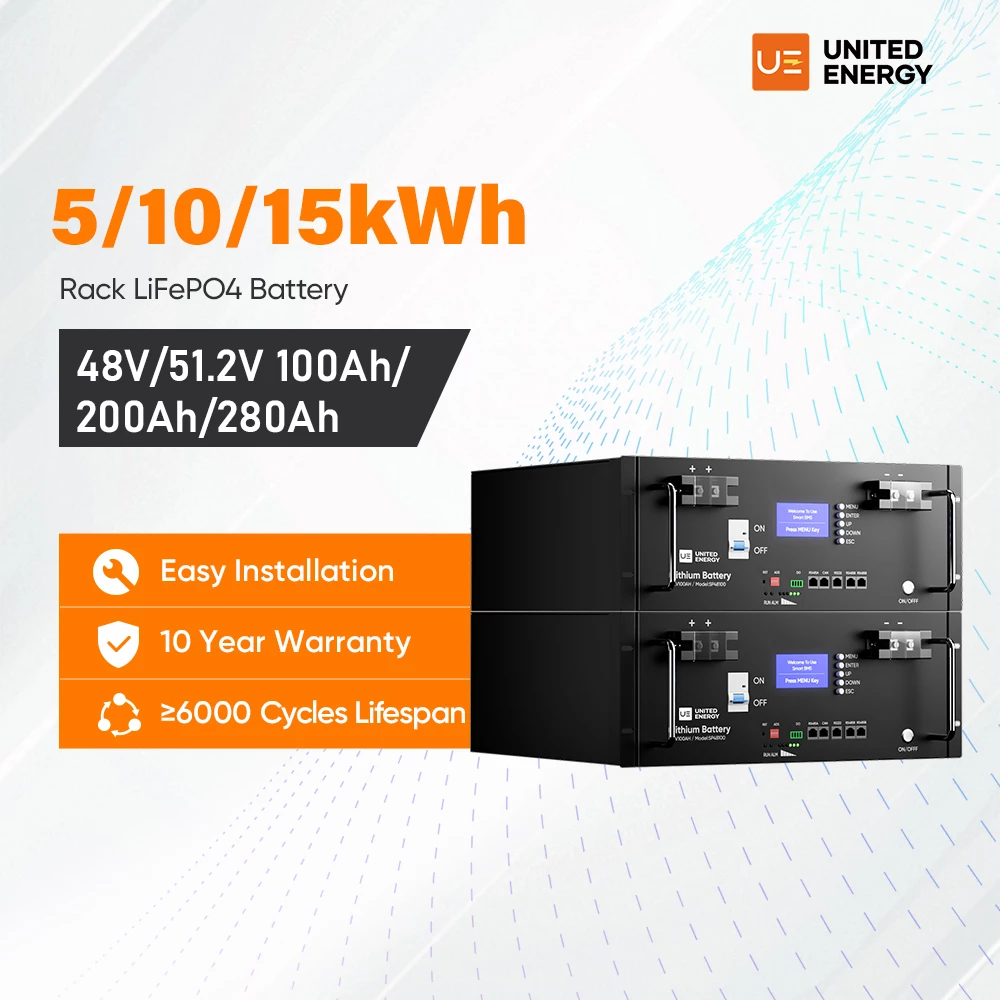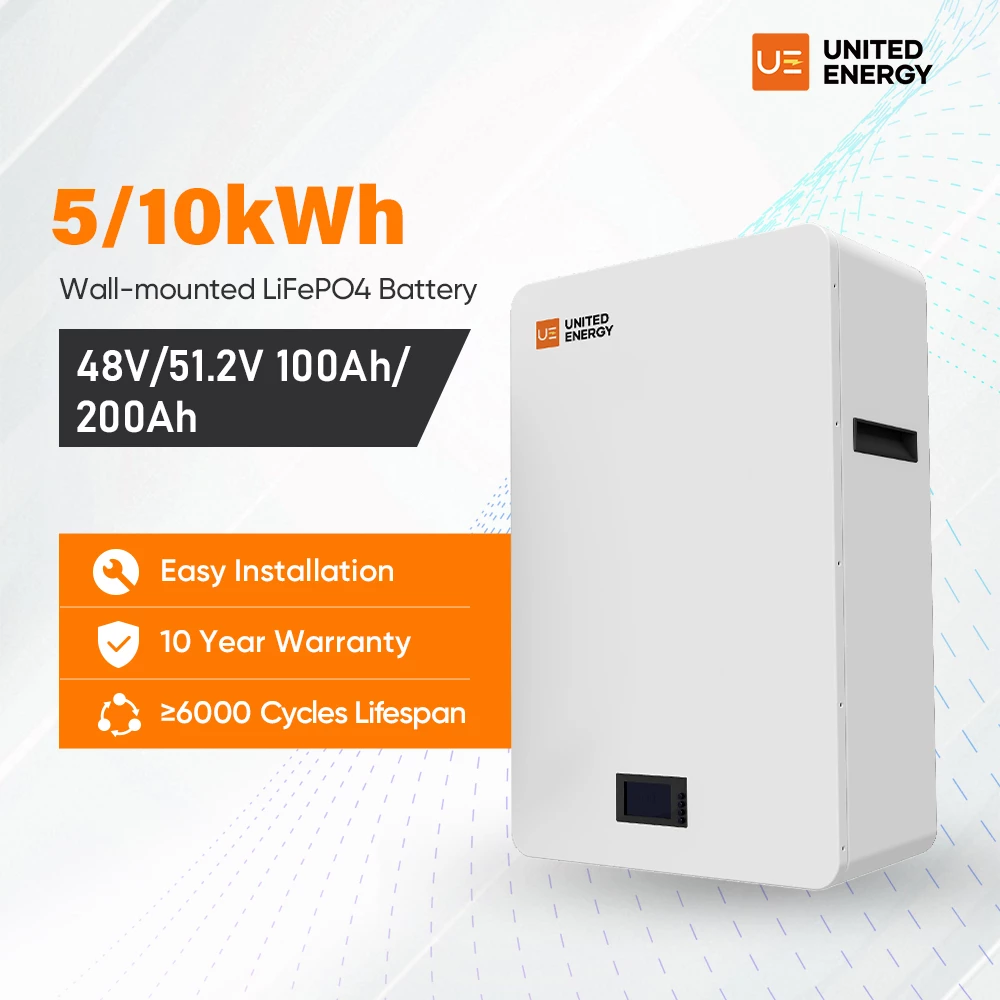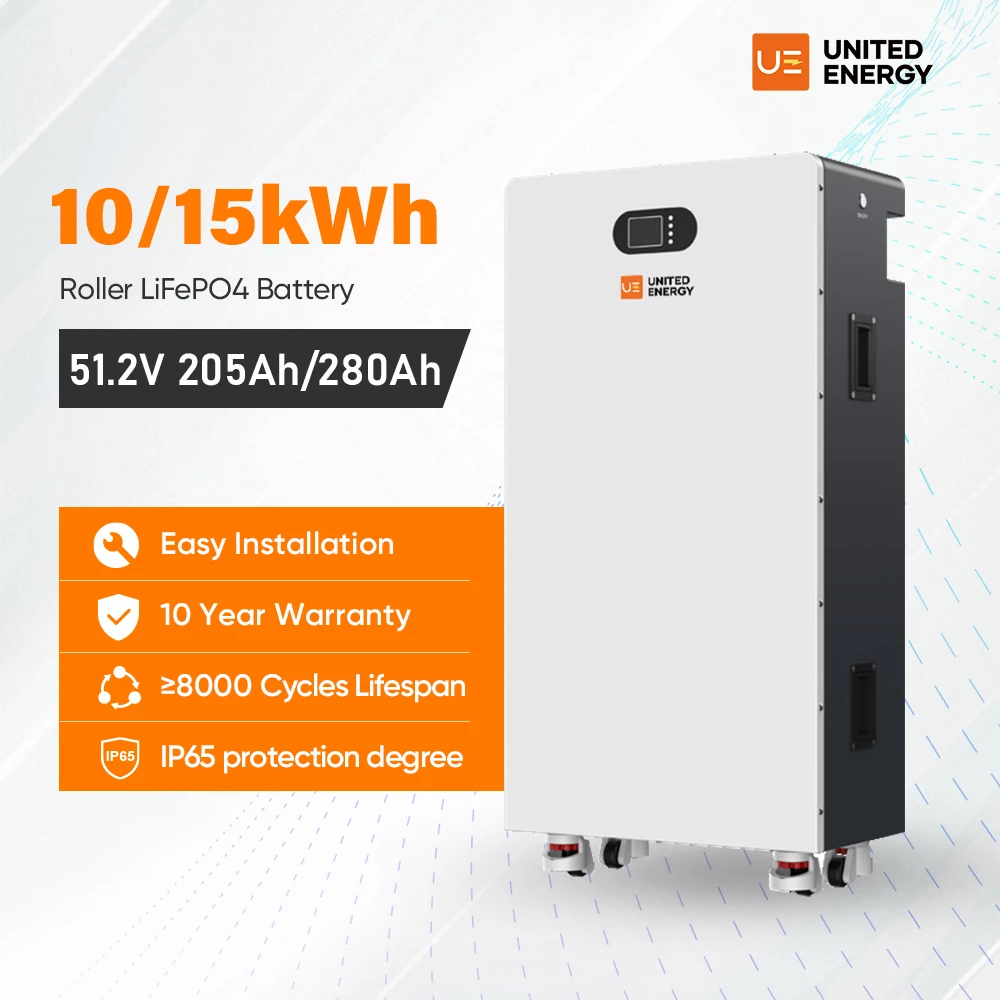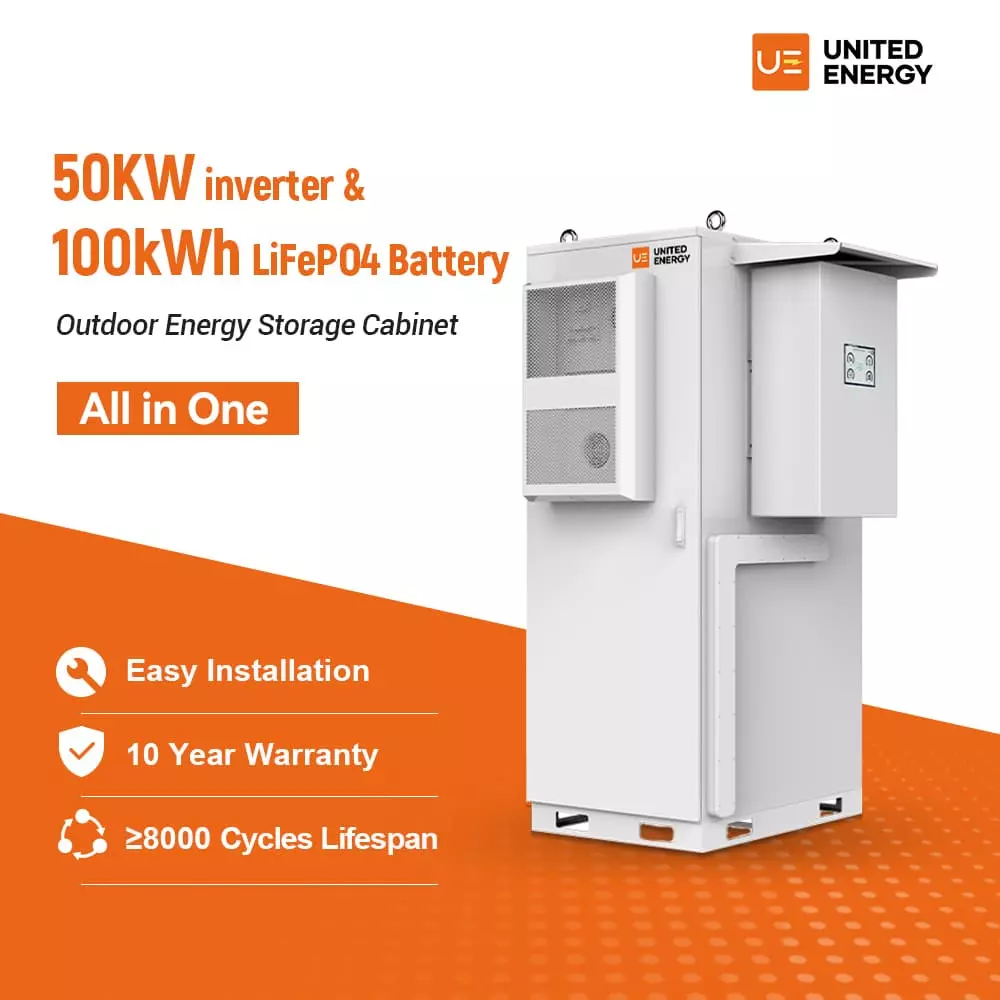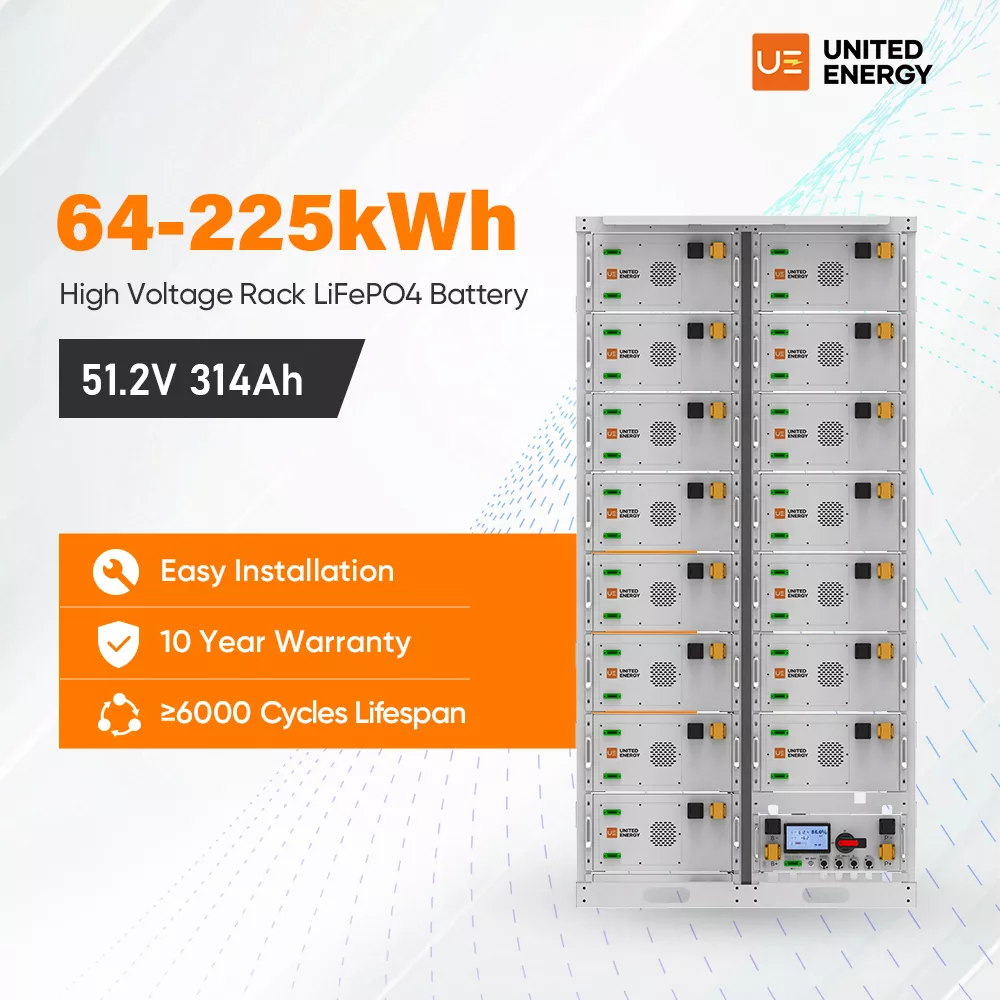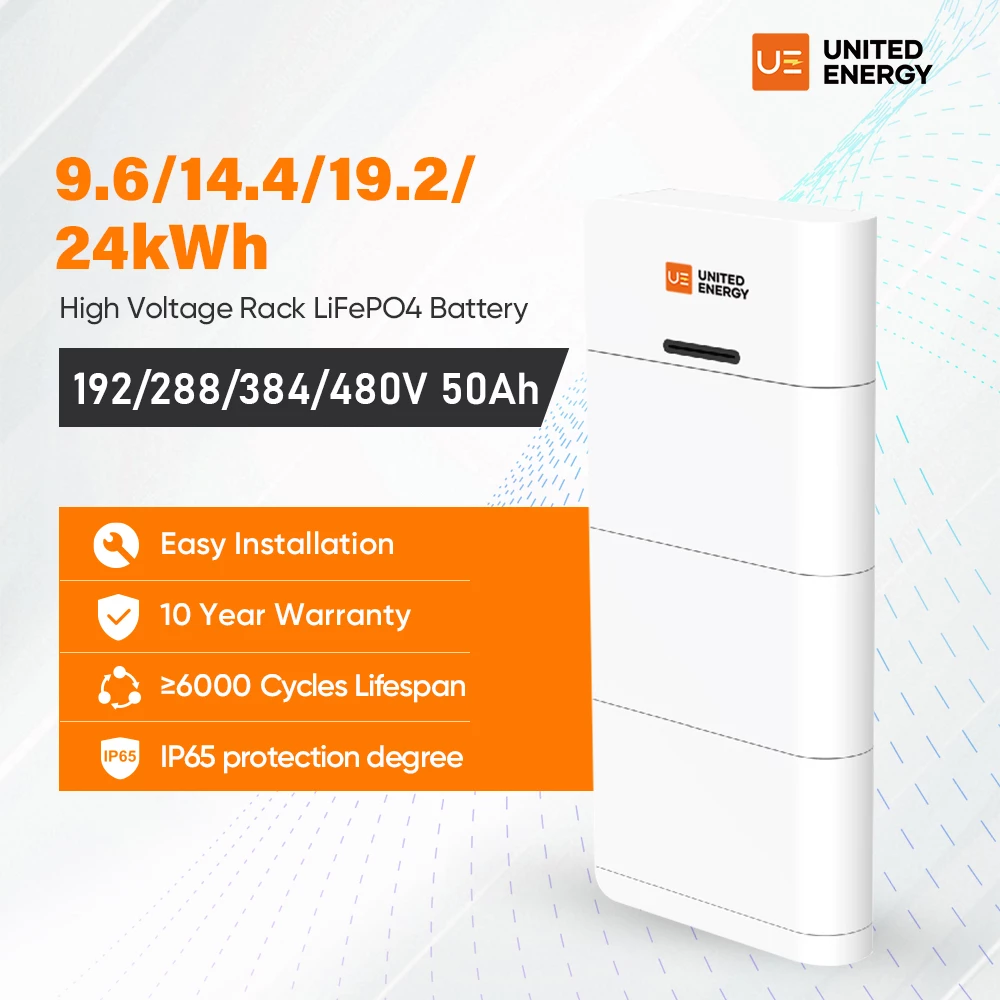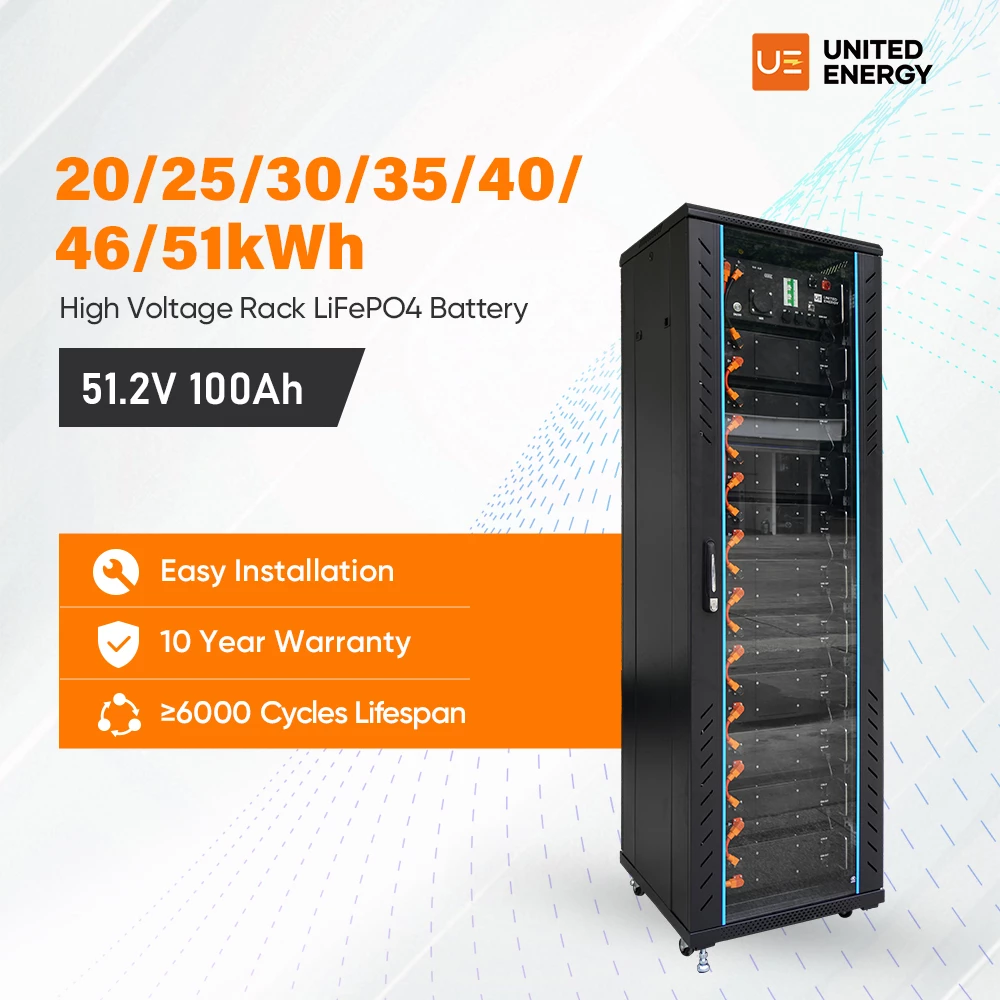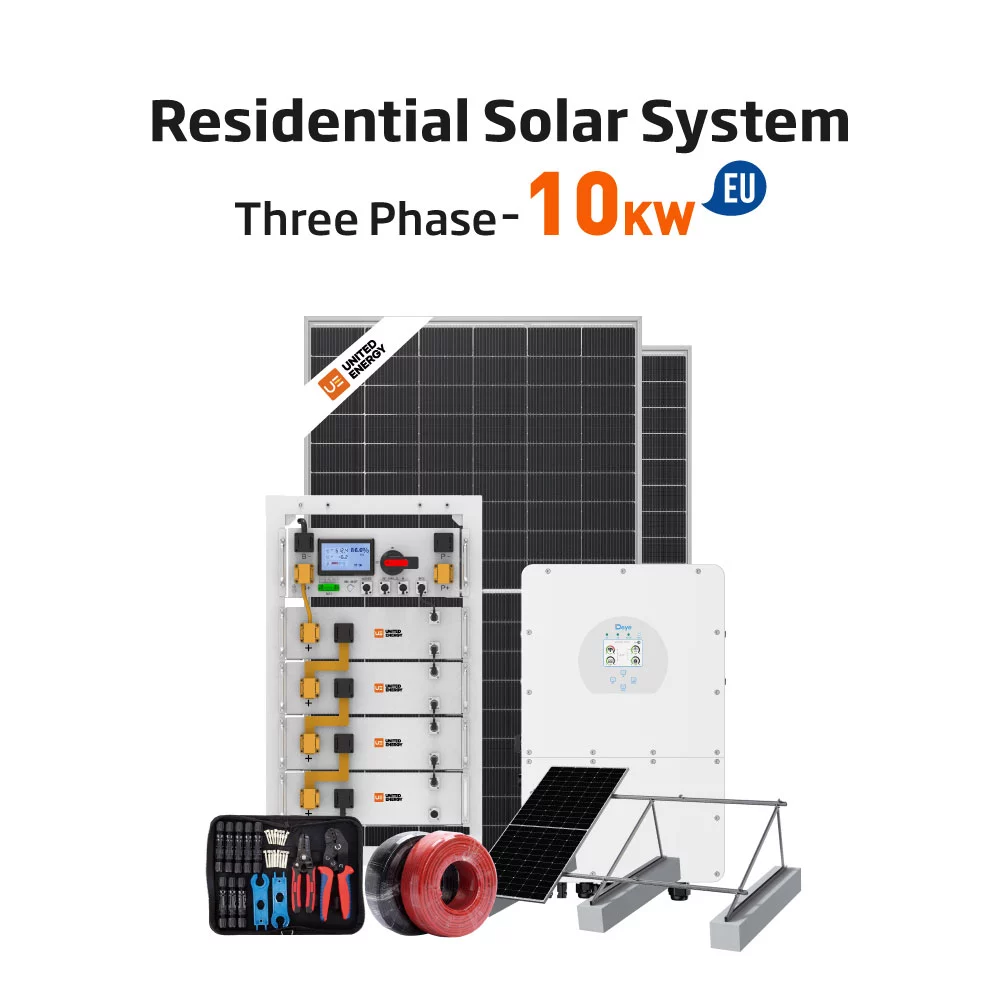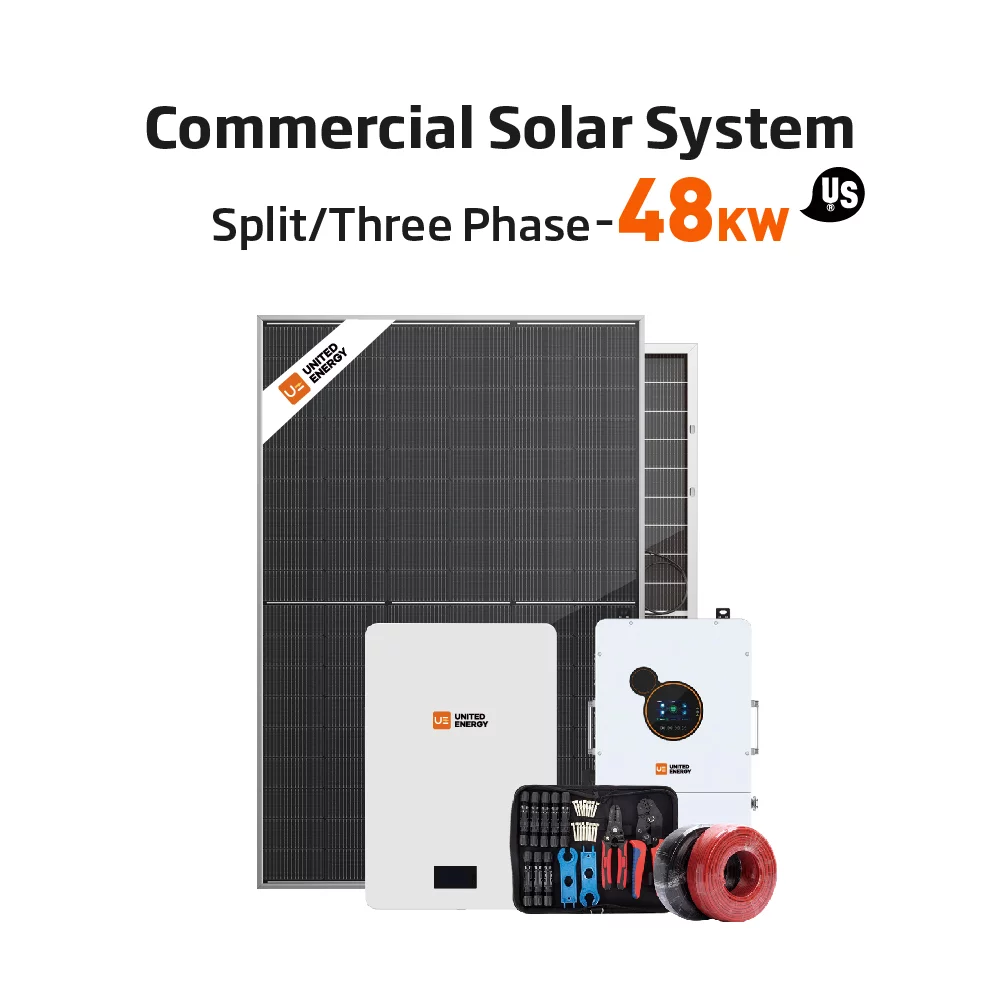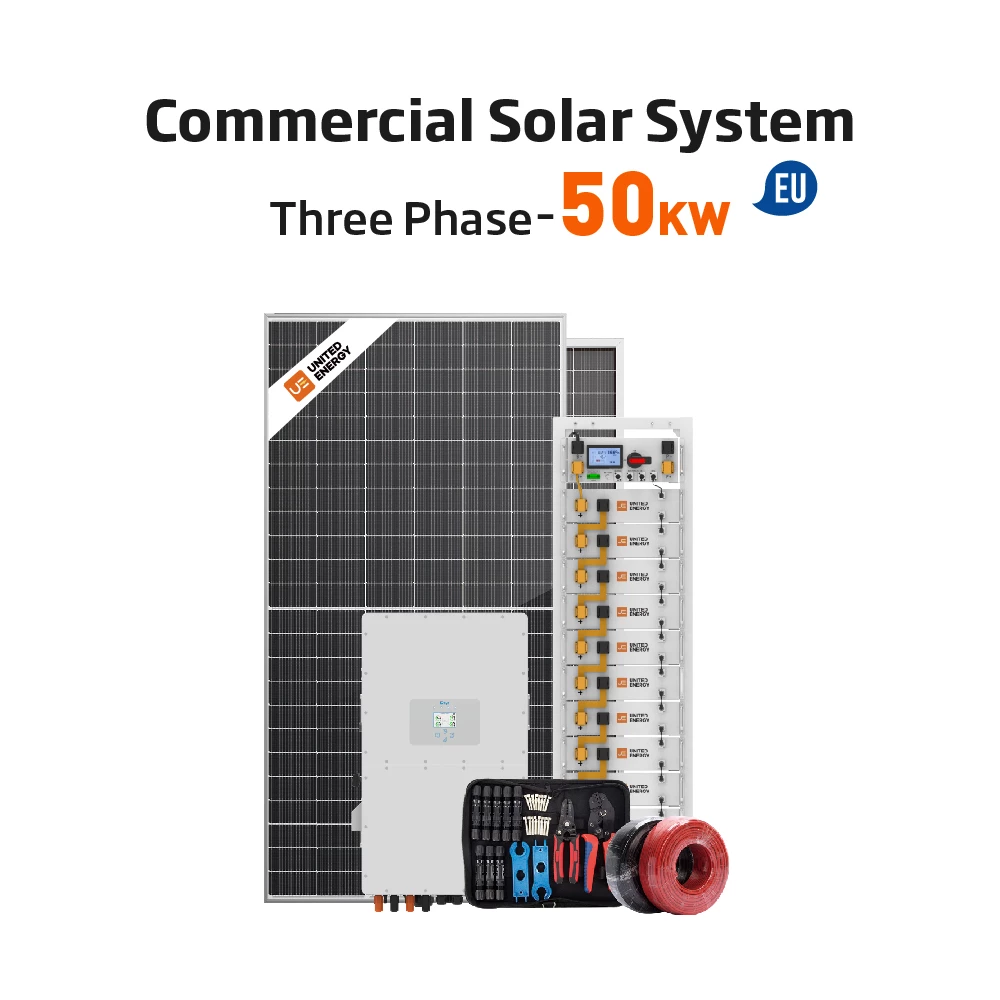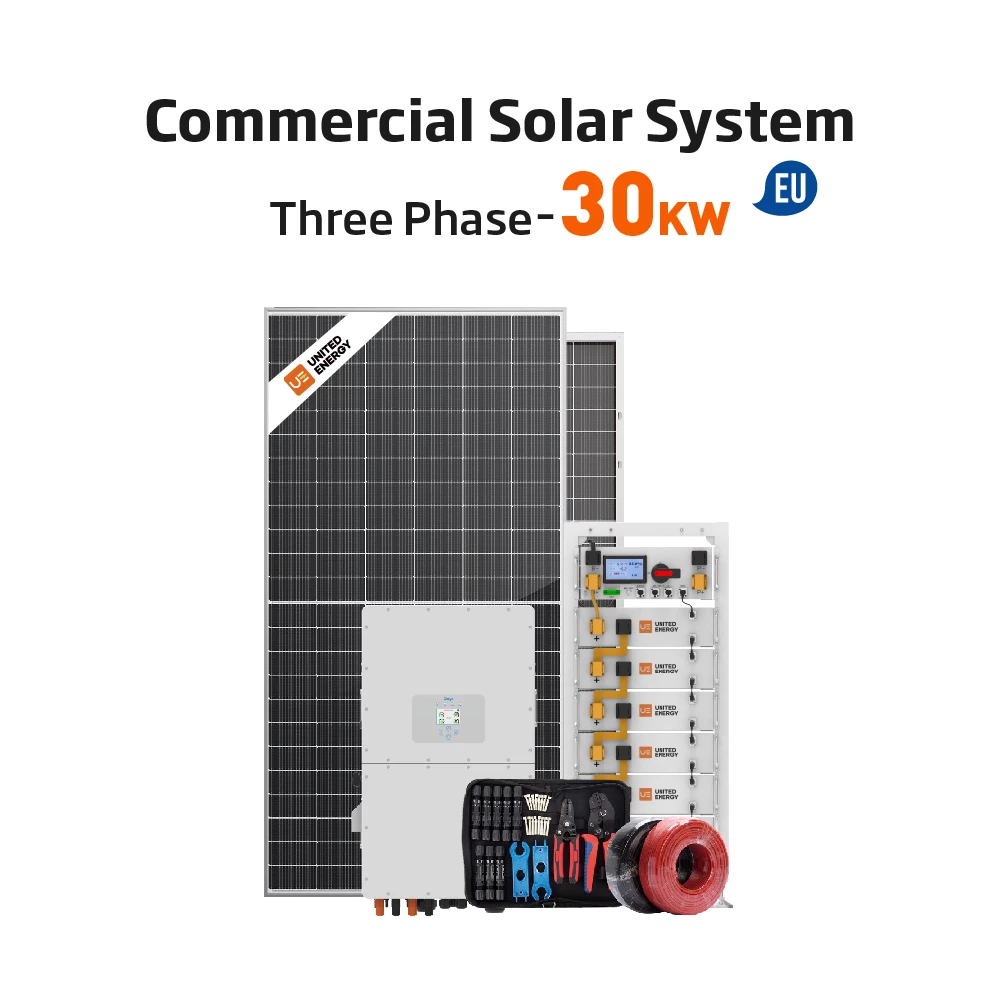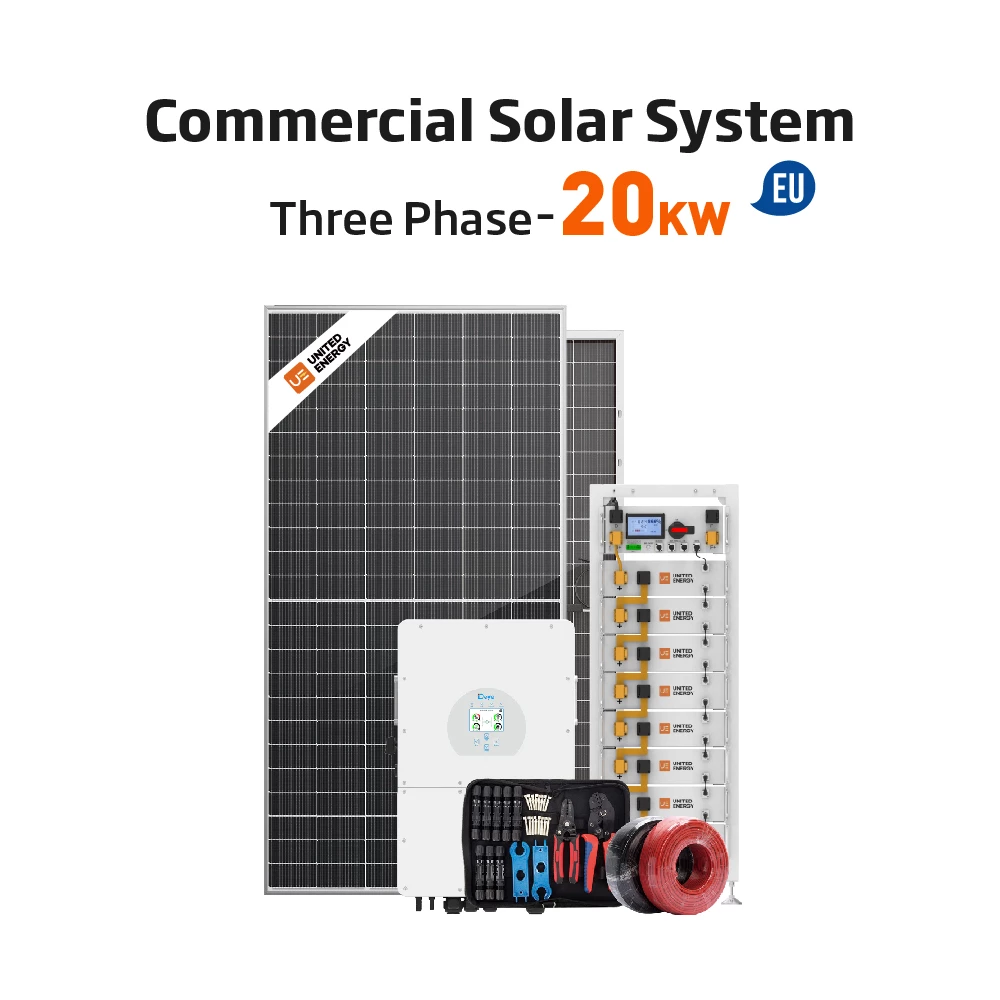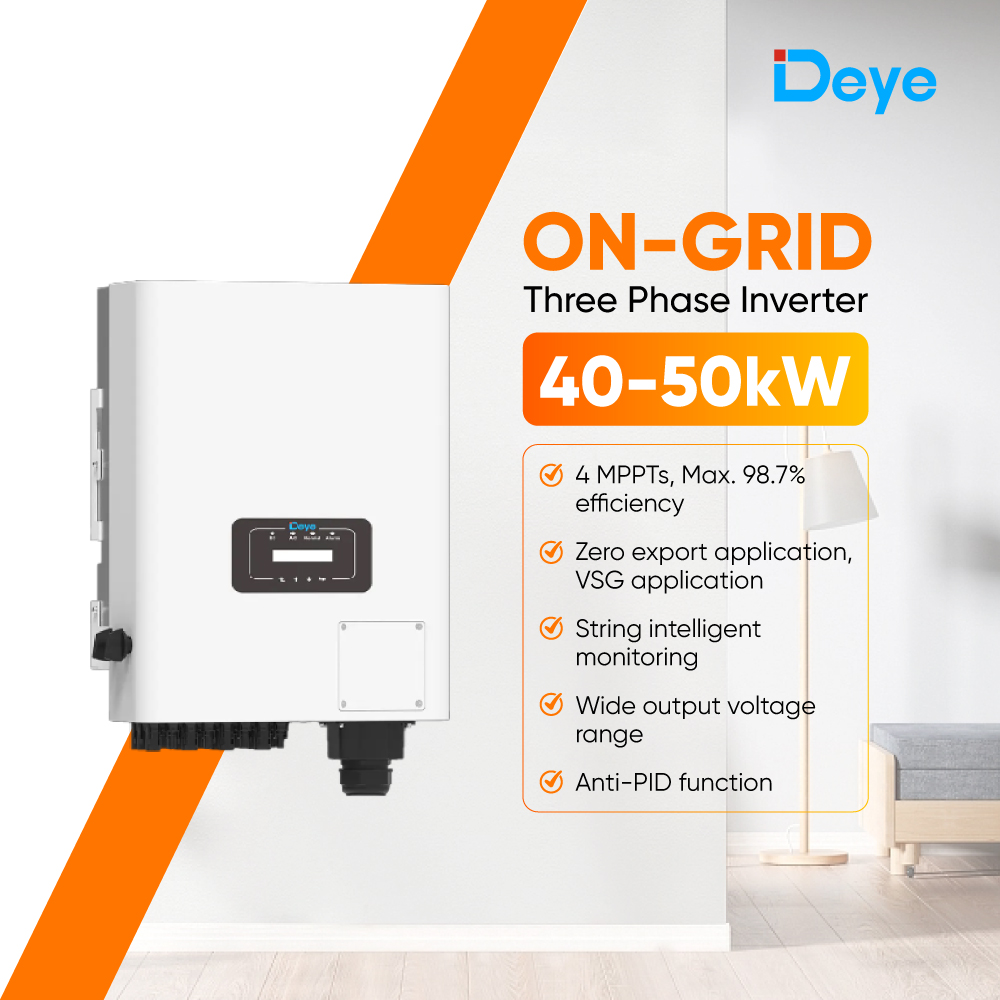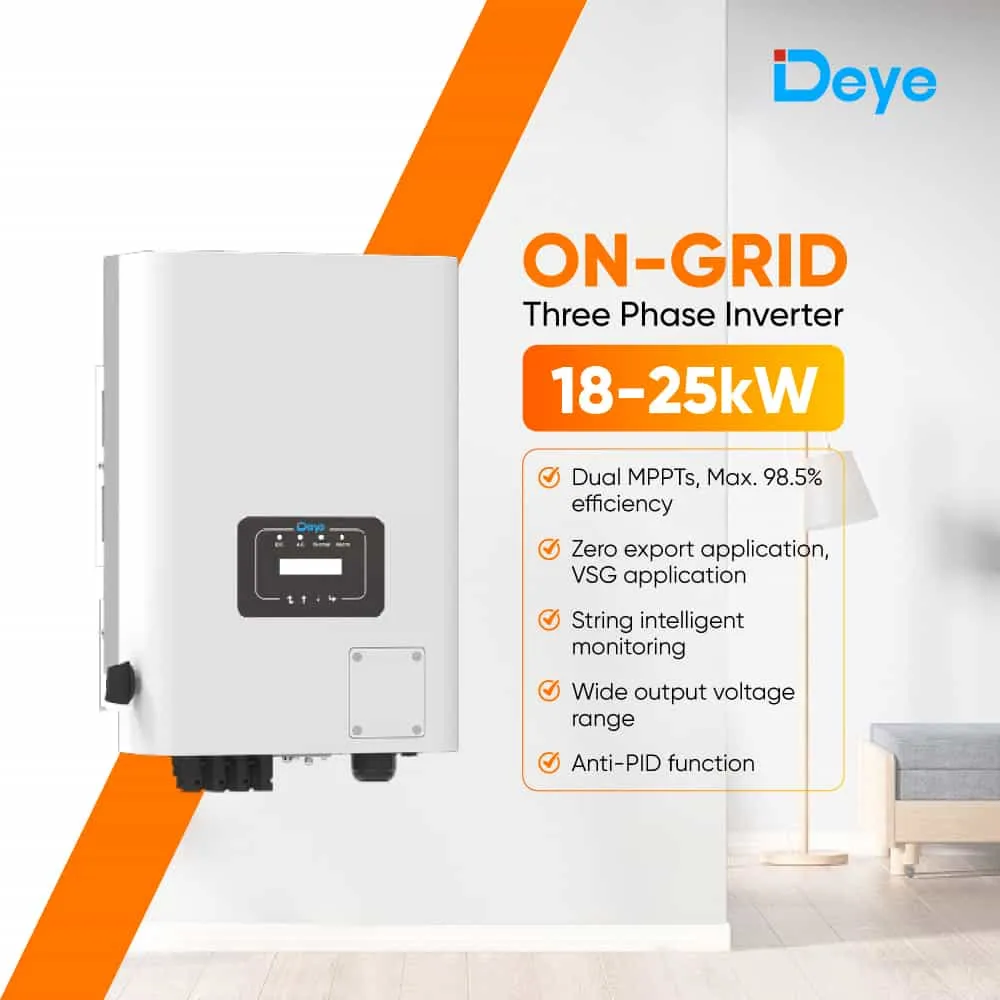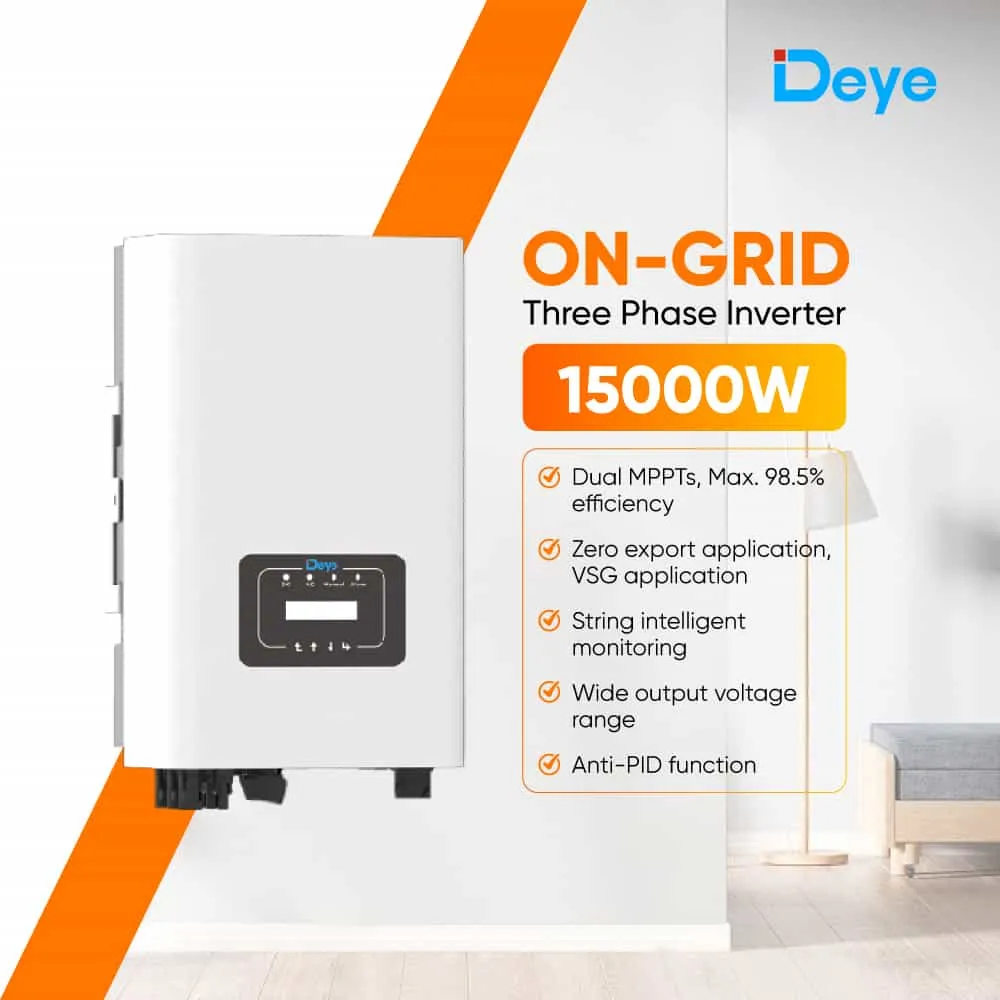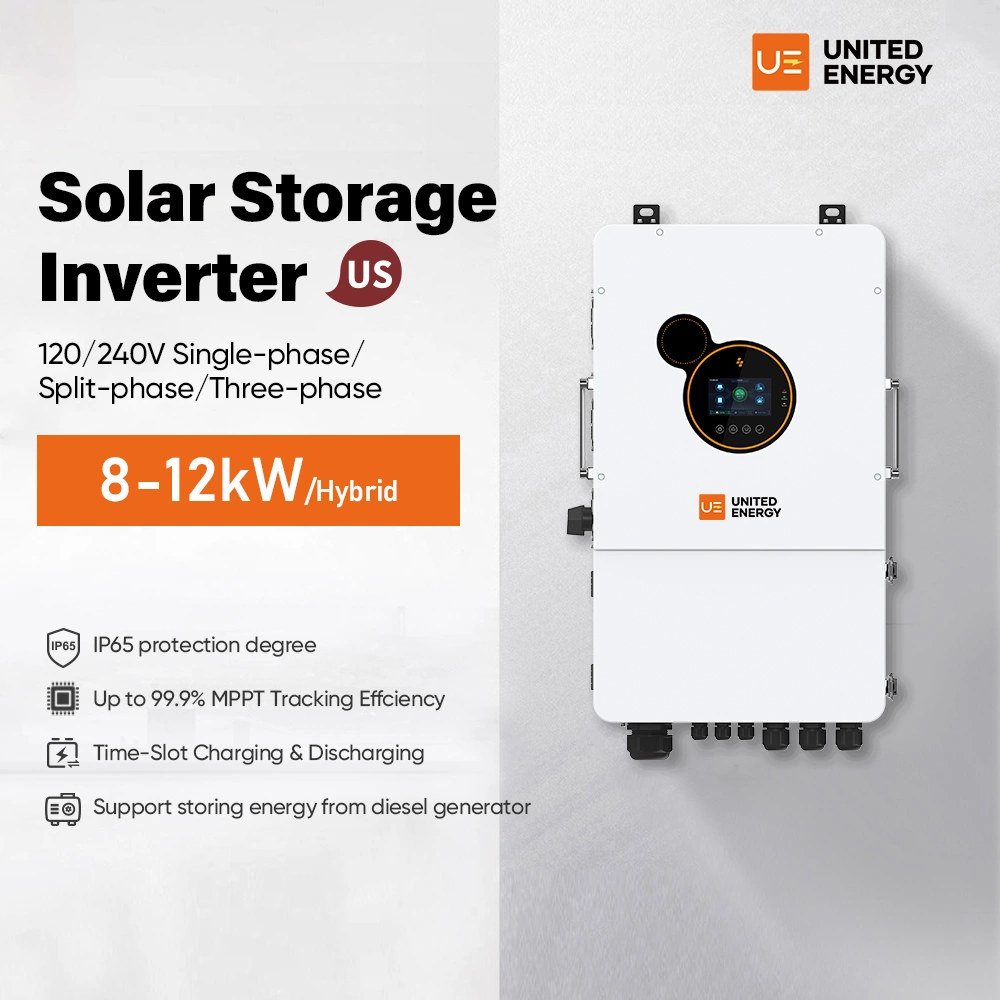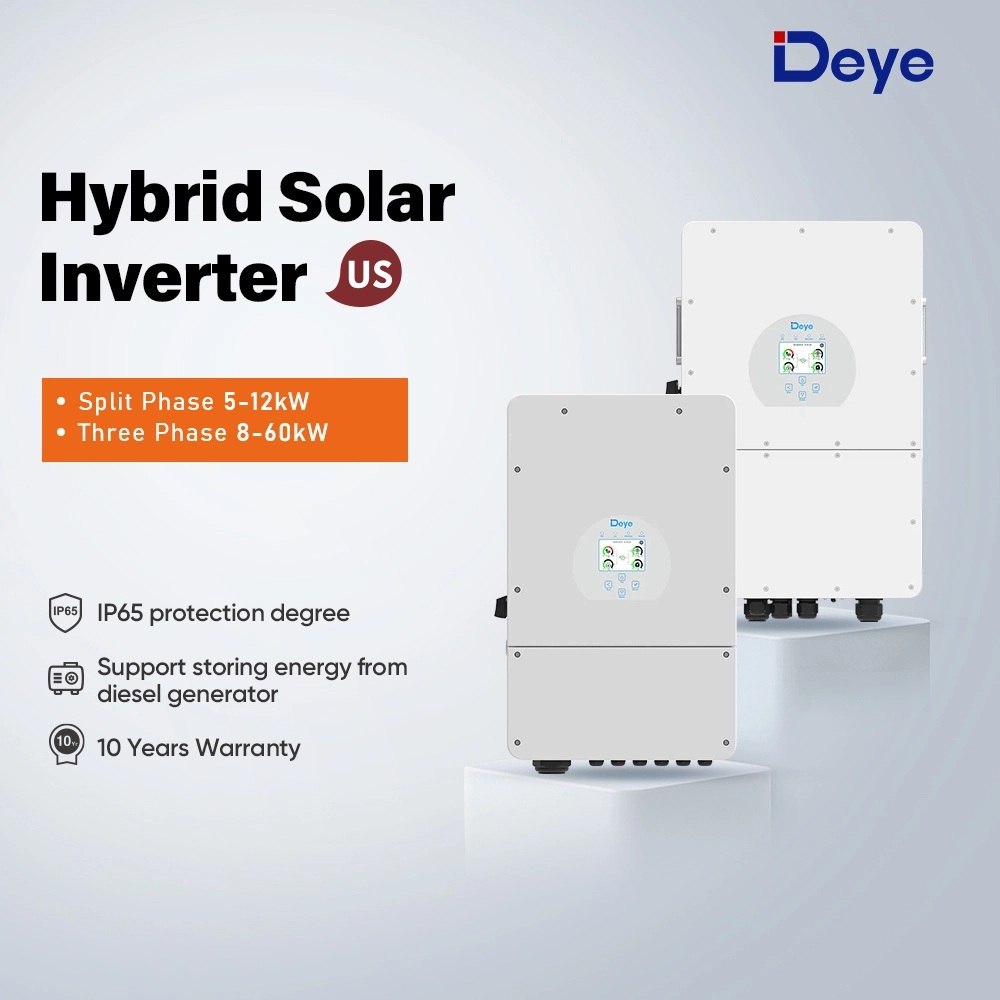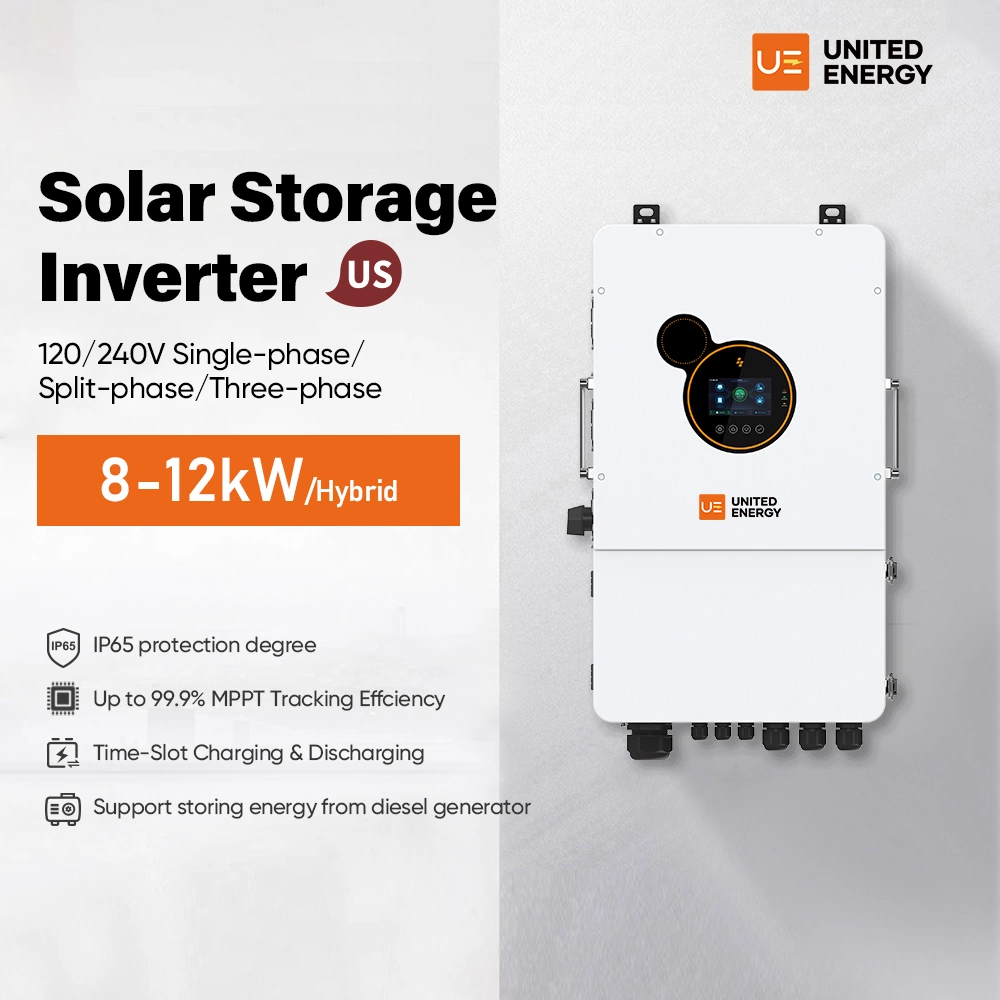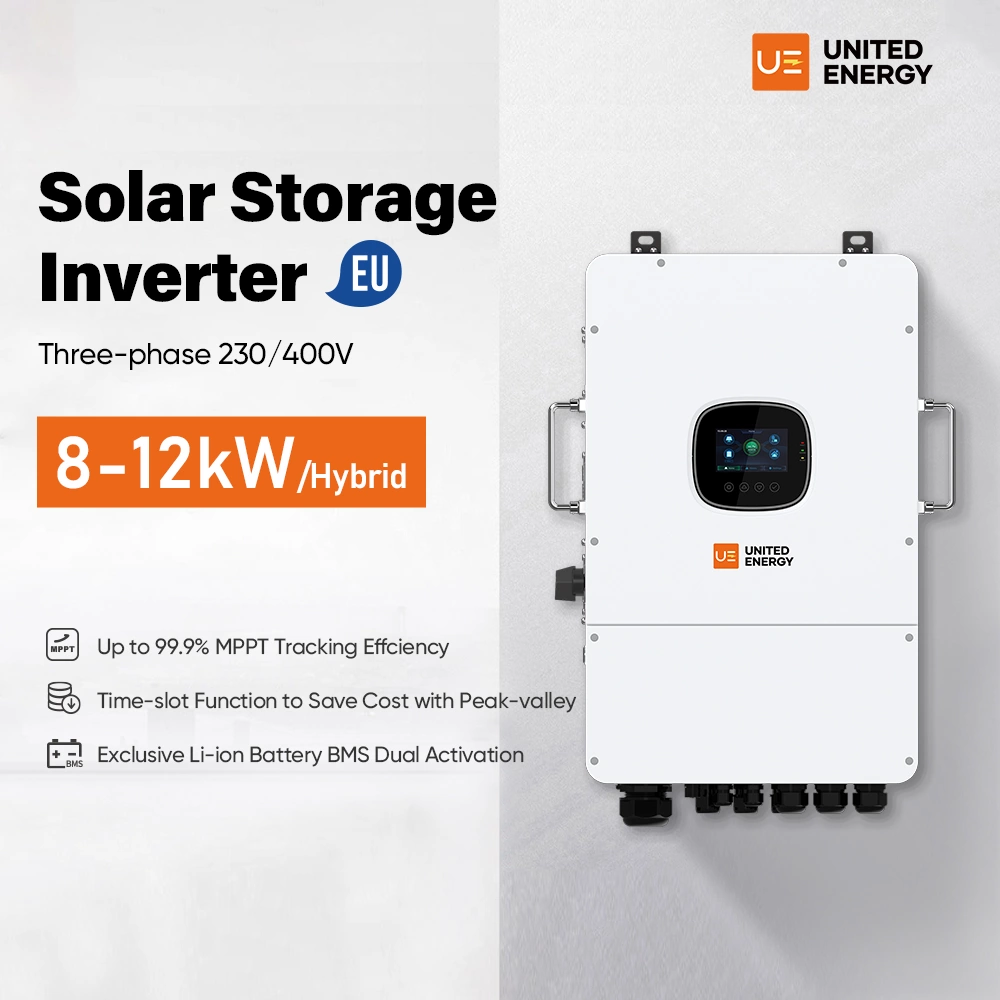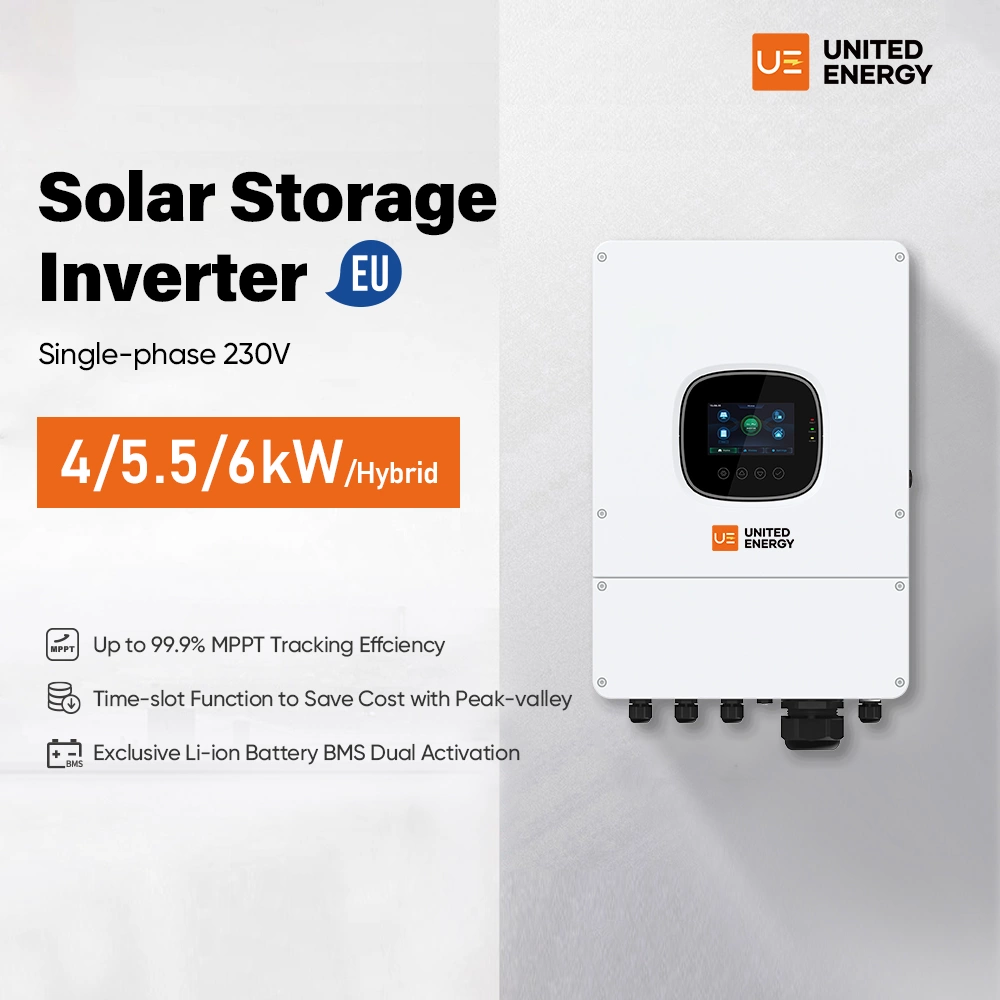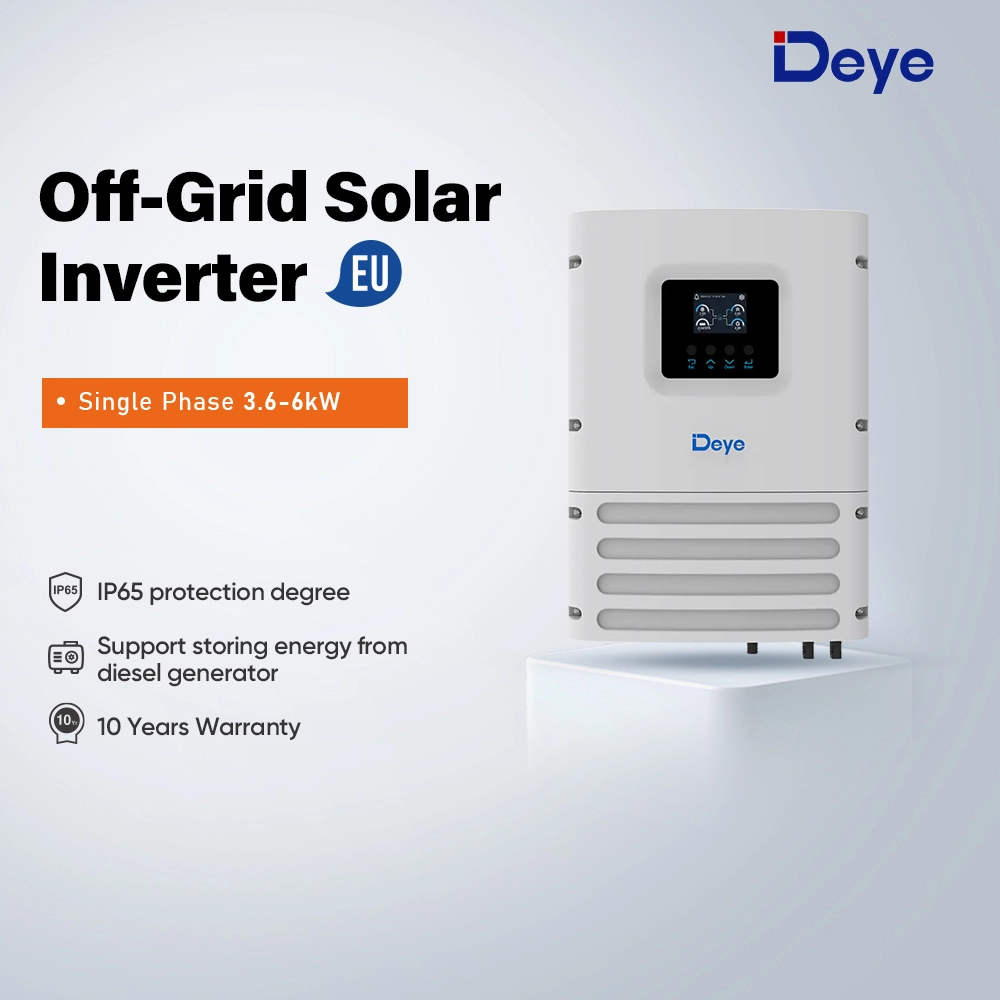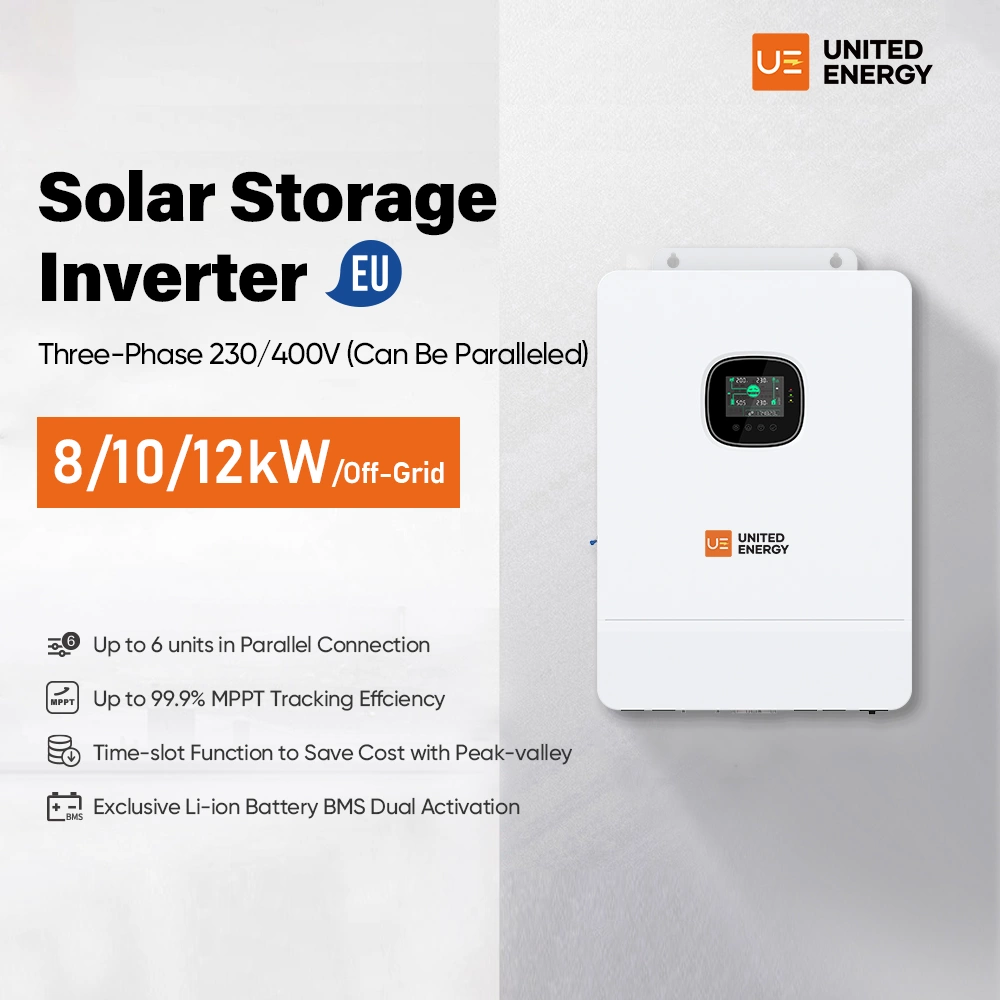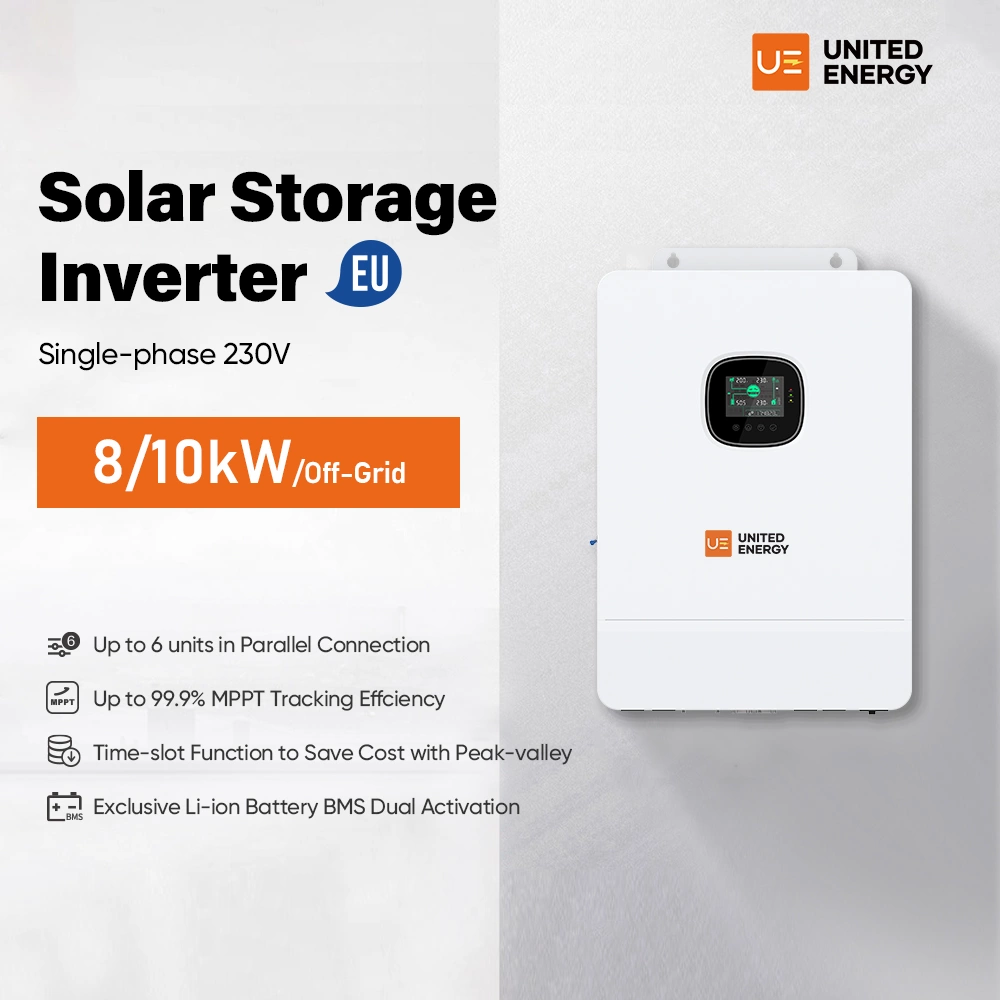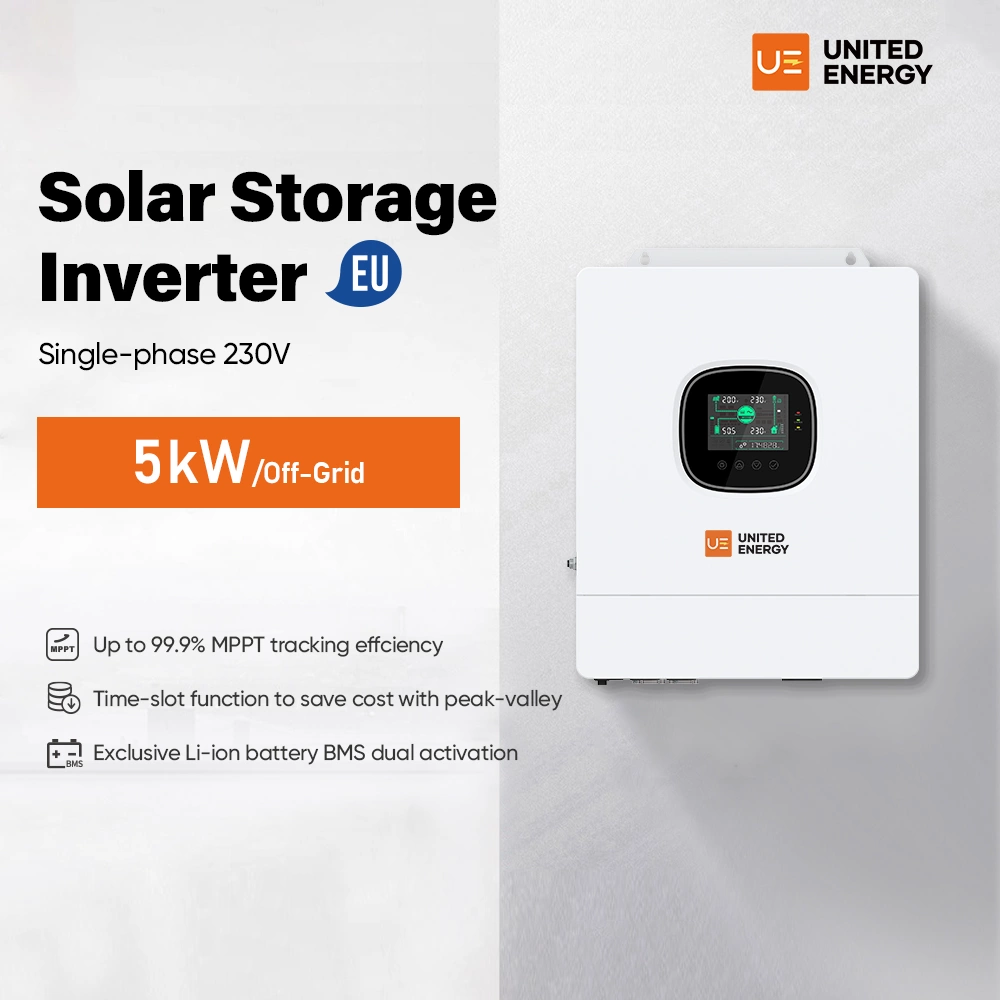
Integrating battery storage is a smart move to maximize the value of your solar investment. Lithium-ion batteries, prized for their energy density and lifespan, are the preferred choice. However, a question we often hear from customers is, "Can I mix your batteries with mine?"
As a dedicated battery manufacturer, we clearly state that: Mixing lithium batteries is a high-risk practice that jeopardizes safety, system performance, and your investment.
Risks of Mixing Different Lithium Batteries
1. Inherent Imbalance Risks:
- Uneven Current: Batteries of different brands/specifications have varying internal resistances, making it difficult to evenly distribute the charge or discharge current. Batteries with lower internal resistance will bear an uneven load, leading to overheating, accelerated degradation, and even cause fire or explosion.
- Voltage Mismatch: Even batteries with the same nominal voltage (e.g., 48V) have different charge and discharge curves and voltage tolerances. When mixed, some batteries will reach the critical point of full charge or discharge faster than others. This can force the battery management system (BMS) to shut down the entire system based on the weakest link, significantly reducing available capacity and causing other batteries to remain undercharged or over-discharged.
2. Battery Management System (BMS) Failure
- Communication Incompatibility: BMS systems are typically designed with battery brand and chemistry in mind and use corresponding communication protocols. This is because different battery manufacturers and chemistries (e.g., different types of lithium-ion batteries) may require different parameters for monitoring and control, and data formats and communication methods may also differ. Mixing batteries almost inevitably leads to communication failures. This can result in the system being unable to accurately monitor the state of charge (SOC), state of health (SOH), battery voltage, or temperature of mismatched cells.
- Protection Mechanism Failure: Without accurate data, the BMS cannot perform important protection functions, such as preventing overcharging, over-discharging, overcurrent, or overheating.
- Reduced Service Life: BMS balance is crucial for extending battery life. Mixing batteries can cause the BMS's balancing function to fail or become damaged, accelerating the degradation of the weakest cells.
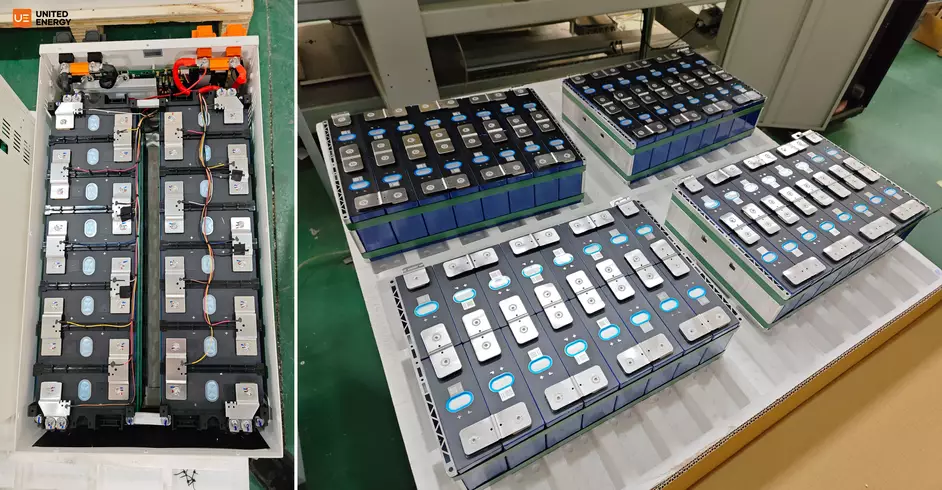
UE Solution: Safety Through Uniformity
The only safe, reliable, and efficient approach to solar lithium battery storage is uniformity:
- Single Brand & Model: Use batteries exclusively from one manufacturer and one specific model line.
- Identical Specifications: Ensure all batteries share the exact same voltage, capacity (Ah/kWh), and chemistry.
- Matched Batches: Whenever possible, source batteries from the same production batch to minimize inherent variations.
- Manufacturer-Approved Expansion: If your system is designed for expansion, only use the specific expansion modules approved and supplied by the original battery manufacturer. Generic "compatible" batteries are not a safe substitute.
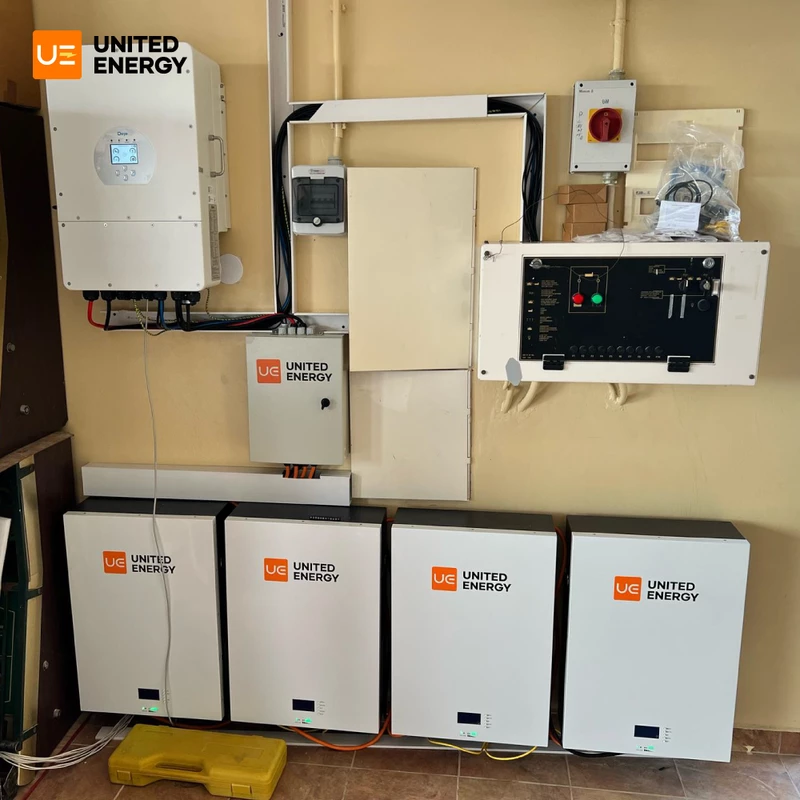
Conclusión
Mixing lithium batteries in a solar storage system is not a cost-saving measure. The risks to safety, system reliability, warranty coverage, and return on investment are simply too great.
At UE, we design and install solar + storage systems prioritizing safety and performance above all else. We strictly adhere to manufacturer specifications and industry best practices, ensuring your system uses a uniform, compatible, and fully warrantied battery solution.
Contact us today for a safe, efficient, and long-lasting solar storage solution you can trust.









